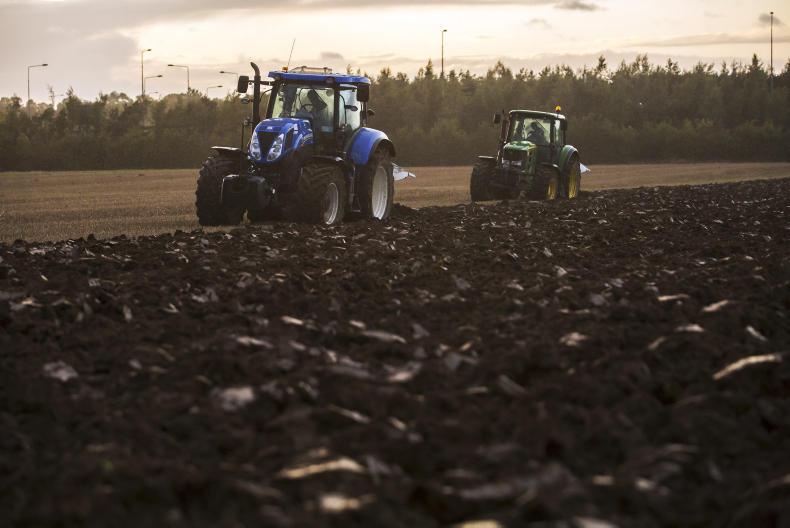The Common Agricultural Policy (CAP) could see a change to the definition of an active farmer and increased supports for young farmers as soon as next year.
A provisional agreement has been reached between the European Parliament and the European Council on the so-called Omnibus regulation, which amends the financial regulation governing the implementation of the EU budget.
The agreed rules are aimed at simplifying the CAP and under the changes, member states will be allowed to define what an “active farmer” is.
EU Commissioner for Agriculture Phil Hogan welcomed the changes.
“I welcome the agreement on the so-called ‘Omnibus Simplification’ package, agreed with the European Parliament and the Council. The Omnibus represents a major step forward in the interests of farmers,” Commissioner Hogan said.
The vice president of the European Council of Young Farmers (CEJA) Seán Finan, said: “CEJA believes the definition of an active farmer must be formulated at EU level and not by individual member states.
“The current definition is inadequate and a stronger one is needed in order to better target supports to farmers.
“Changing the definition leaves scope for people that are not directly involved in agriculture to receive [direct] payments.
“A strong and more robust active farmer definition implemented across all member states is vital to ensure that CAP payments are directed towards active, business-minded, progressive farmers who are delivering public goods and producing high-quality, safe, fully traceable food to the highest environmental and animal welfare standards.”
Benefits of changes
With a possible reduction in direct payments and a change to the definition of an active farmer on the cards, there were some changes in the regulation that will benefit farmers. Member states will have the flexibility to increase young farmers’ payments from 25% to 50% of the basic payment entitlement.
Under greening, farmers will have more plant varieties to choose from to be used in ecological focus areas (EFAs), such as miscanthus.
There will also be changes to the definition of arable land and permanent grassland, which will better reflect the conditions under which land can be kept in production.
Sectors
Changes to the Income Stabilisation Tool will allow aid to be activated according to sector, when income losses reach 20%, instead of the current level of 30%.
The agreed rules are to simplify the CAP through a series of technical improvements to the four CAP regulations – direct payments, rural development, common market organisation and horizontal regulation.
The CAP changes are expected to come into effect next year.






 This is a subscriber-only article
This is a subscriber-only article










SHARING OPTIONS: